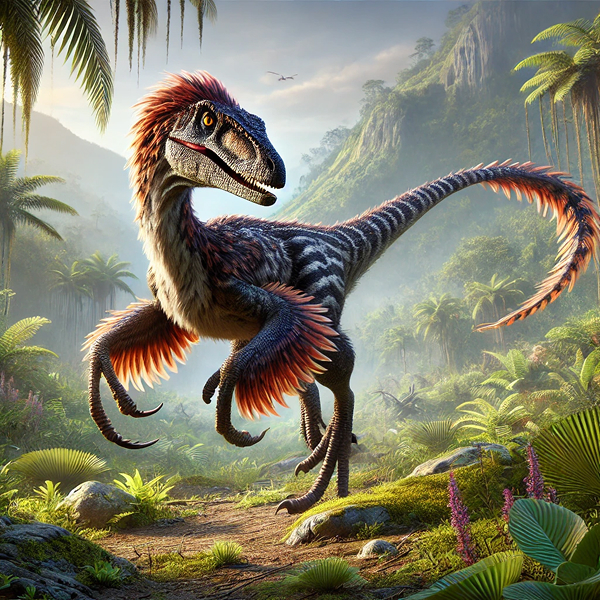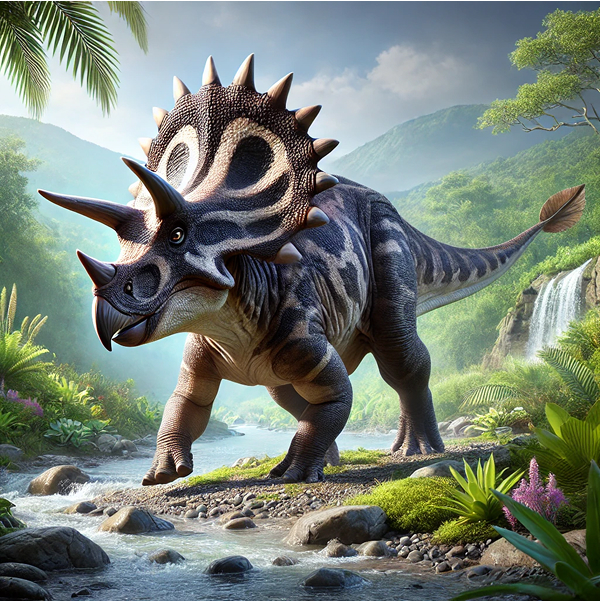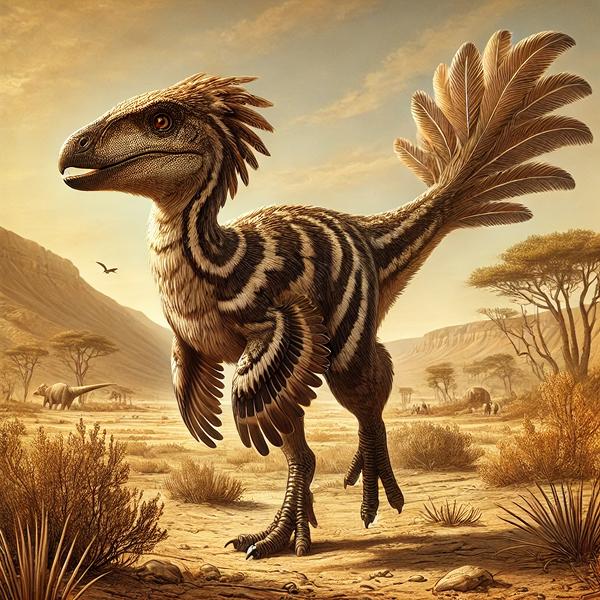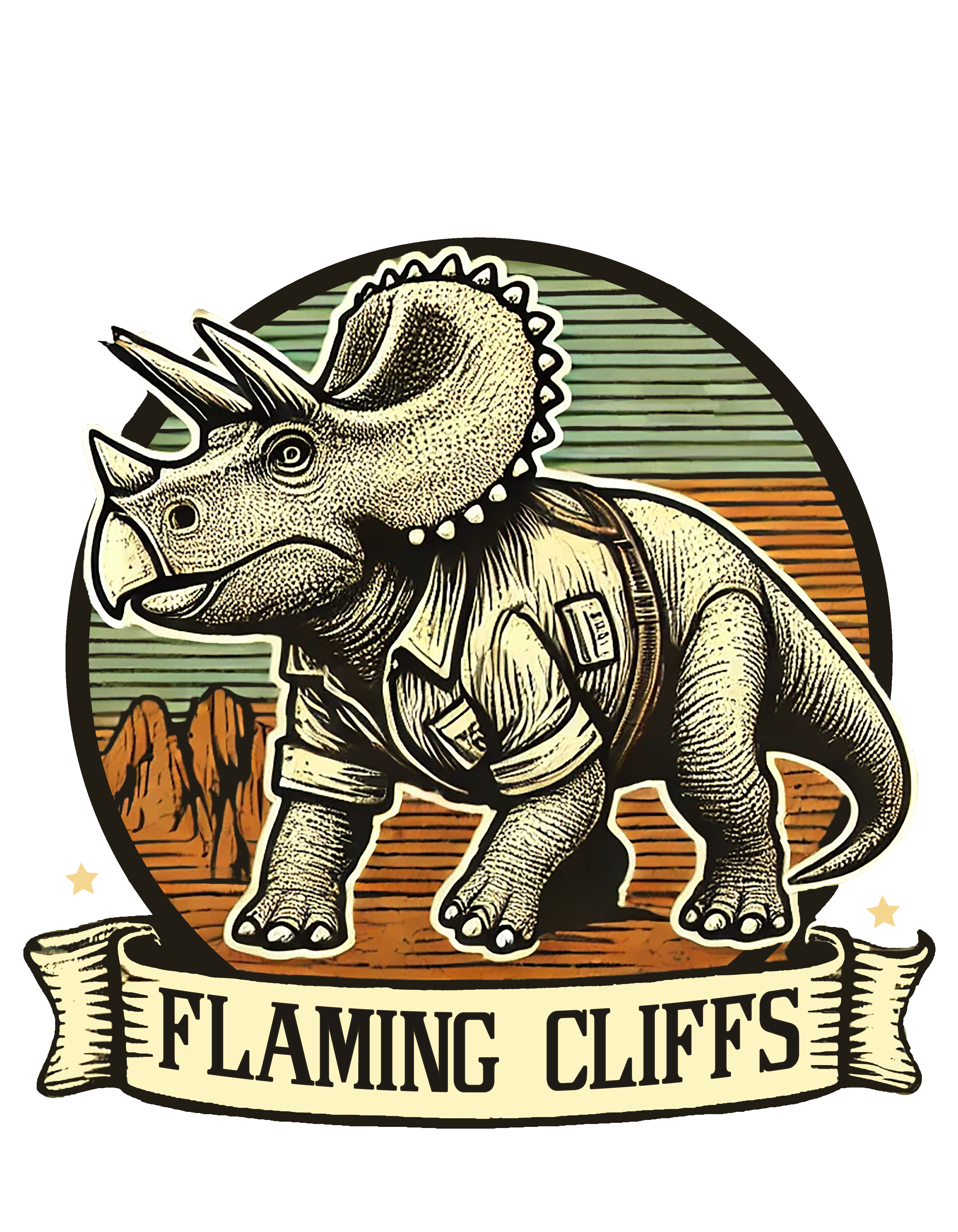
Long before its rise to fame, the Flaming Cliffs—known locally as Bayanzag—were merely a remote area within Mongolia’s Gobi Desert. Named “Bayanzag” by locals for its abundance of saxaul trees ("bayan" meaning rich and "zag" meaning saxaul), the region was known primarily to local herders, who often stumbled upon unusual bones and stones, unaware of their scientific significance.
Mongolia in the early 20th century was largely unexplored by Western science, a vast territory of myth, legend, and mystery. Tales circulated about hidden treasures beneath the Gobi sands—stories that would soon inspire an adventurous scientist to embark on an epic expedition.
Roy Chapman Andrews, an American explorer and paleontologist working for the American Museum of Natural History, was driven by a profound curiosity about Earth's past. With the ambition of discovering the origins of life in Asia, Andrews began meticulously planning the Central Asiatic Expeditions in 1921.
His vision was bold: to cross vast, uncharted terrain with the latest technology of the time, including Ford Model-T motor vehicles—revolutionary for scientific expeditions—tents, excavation tools, and advanced photographic equipment to document the discoveries. Andrews was charismatic, adventurous, and resilient; qualities that helped him secure financial backing and worldwide interest in the project.

In July 1923, Andrews and his team made their most groundbreaking discovery at the Flaming Cliffs: fossilized dinosaur eggs, the first ever found in human history. This find conclusively proved dinosaurs reproduced through egg-laying, dramatically transforming the scientific understanding of dinosaur biology. The discovery instantly elevated the Flaming Cliffs to global prominence, making headlines worldwide.
A Decade Of Discovery
Beyond Eggs, The Flaming Cliffs Yielded Numerous Remarkable Fossils, Providing Invaluable Insights Into Prehistoric Life:
First described by Henry Fairfield Osborn, the Velociraptor became famous through multiple significant finds at the Flaming Cliffs.

This agile, intelligent predator was smaller than portrayed in popular culture—about the size of a turkey—but lethal, with razor-sharp claws. Its most notable fossil, the “Fighting Dinosaurs,” preserves a dramatic predator-prey encounter with Protoceratops.
Discovered by Andrews himself and named in his honor, Protoceratops became one of the most abundant fossils at Bayanzag.

These small, frilled, hornless ceratopsians were herbivorous dinosaurs that moved in herds, evidence indicated by fossilized nests and eggs. Their remains provided unprecedented details about dinosaur nesting behaviors and social structure.
Initially misunderstood as an “egg thief” due to fossils found near nests, later research revealed that Oviraptor was actually protecting its own eggs.

These finds at the Flaming Cliffs significantly corrected paleontological misconceptions, offering a remarkable glimpse into dinosaur parental behaviors.
Andrews' discoveries at the Flaming Cliffs transformed Mongolia into a paleontological epicenter. They sparked worldwide interest in paleontology, inspired future generations of scientists, and cemented the site's historical and scientific significance.
Walking In History
Today, Bayanzag remains an active research site attracting
paleontologists worldwide. Each year, new findings continue to enhance
our understanding of Earth's ancient past. Visitors can explore these
same cliffs, retrace Andrews’ footsteps, and directly connect with a
vibrant legacy of exploration and discovery.
This site, now carefully preserved, serves as both an outdoor museum and
living laboratory, constantly reminding us of the wonders still hidden
beneath our feet.


The Flaming Cliffs are more than just a historical site—they're a visual wonder. Explore our gallery to uncover the unique aspects of this iconic location. From breathtaking drone footage and serene sunsets to snapshots of the camel caravan and souvenir shop, there's something for everyone to discover. Click below to dive into the full gallery and immerse yourself in the beauty of the Flaming Cliffs.
The Flaming Cliffs administration team is here to assist you in every way possible. Whether you have questions about your visit or require further guidance, don’t hesitate to reach out. Our dedicated nature rangers are passionate about preserving the beauty and history of this iconic site. Feel free to contact us at:
Phone Number
+976 8944 1212
Email Address
info@flamingcliffs.mn
Баянзагийн Хамгаалалтын Захиргаа
Flaming Cliffs Administration
Flaming_Cliffs

Discover Mongolia's Legendary Dinosaur Site